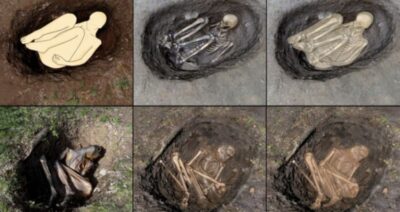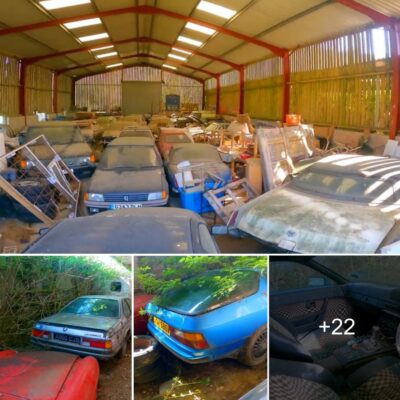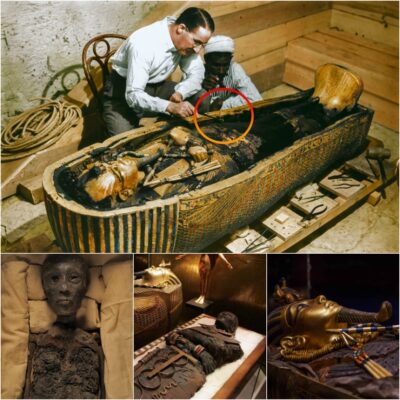Videos of burning Russian tanks — victims of Ukrainian anti-tank missiles — have reignited the long-running debate about whether those missiles and other anti-armor weapons have rendered tanks obsolete.
But the lessons of Ukraine aren’t that straightforward. Military experts have argued the tank’s poor showing in recent conflicts across Eurasia stems more from decisions about how to employ those tanks rather than from the failings of the tank itself.
“Ukraine mostly confirms that tanks remain survivable, and other conflicts confirm that some are more survivable than others,” Sam Cranny-Evans wrote in European Security and Defence in January.
A question raised from the war in Ukraine is whether the ratio of anti-tank guided missiles, known as ATGMs, to tanks has been so extreme it would distort any conclusions. “One element of the war in Ukraine that is perhaps unique, however, is the sheer mass of ATGMs,” added Cranny-Evans, who was previously a land-warfare researcher at the Royal United Services Institute, a British think tank.
A Ukrainian soldier fires a rocket during weapons training in Donetsk in May. Photo by Muhammed Enes Yildirim/Anadolu Agency via Getty Images
“They are present in such numbers that units feel comfortable using them to engage bunkers, trucks, light armored vehicles, personnel, and any other target that can be justified,” Cranny-Evans wrote in reference to Ukrainian forces, noting that such “free-spirited use” of anti-tank missiles had been seen in previous wars, including by US forces in Afghanistan.
As experts have done for 50 years, Cranny-Evans pointed to the 1973 Yom Kippur War, in which Arab armies used extremely dense concentrations of Soviet-made Sagger anti-tank missiles and RPG-7 rockets to devastate Israeli tanks. Israeli armor made unsupported cavalry charges against Arab infantry, and tank units were committed piecemeal.
“The Yom Kippur war served to illustrate that massed ATGM deployments could blunt a massed armor advance, but also reinforced the lesson already known from World War II (arguably even WWI), that armored vehicles alone were vulnerable,” Cranny-Evans wrote.
But large-scale tank operations have been rare in Ukraine, perhaps because of the steady attrition of armored forces or because the front lines are too large to allow either side the luxury of concentrating its armor.
A destroyed Russian tank near a liberated Ukrainian village in Kherson province in November 2022. Celestino Arce/NurPhoto via Getty Images
“Neither side appears capable — or willing — of forming much more than a company-sized battle group for offensive operations,” Cranny-Evans wrote. As a result, many engagements involving armor have seen small numbers of tanks face large numbers of missiles.
“It is apparent that advancing against an enemy with only one or two tanks and a small contingent of infantry, when ATGMs are present is unlikely to yield results,” Cranny-Evans wrote. “The defender may only have to destroy or disable a few vehicles in order to deter the attacker from proceeding, which in turn magnifies the effect of ATGMs.”
By the end of the 1973 war, the Israel Defense Forces had switched to combined-arms warfare and more sensible attacks, which enabled Israeli armored units to secure a partial victory. The IDF also incorporated lessons of 1973, such as safer ammunition stowage and less flammable hydraulic fluids, into the design of its well-protected Merkava tanks.
In the 2006 Lebanon War, while about 50 Israeli tanks were hit by missiles, only 21 had their armor penetrated, and only 10 suffered crew casualties, Cranny-Evans noted, adding that it was “therefore possible for modern tanks to withstand high levels of ATGM attacks without the crew or vehicle becoming incapacitated.”
Ukrainian troops display anti-tank missiles, including NLAW and Javelin, at an exhibition in Lviv in December 2022. YURIY DYACHYSHYN/AFP via Getty Images
The ATGM threat also spurred the IDF to develop active-protection systems such as Trophy, which essentially use shotgun-like pellets to destroy or deflect anti-tank projectiles. Against opponents lacking deep anti-armor capabilities, this will do much to enhance tank survivability.
But what of a peer conflict such as Ukraine, where both sides are fielding heavily mechanized armies with plentiful anti-tank weapons? The fighting there may not reflect the future of warfare, but at the least, it appears that active-protection systems will only provide limited relief. Armies will still need to use infantry and artillery to suppress enemy troops with ATGMs.











